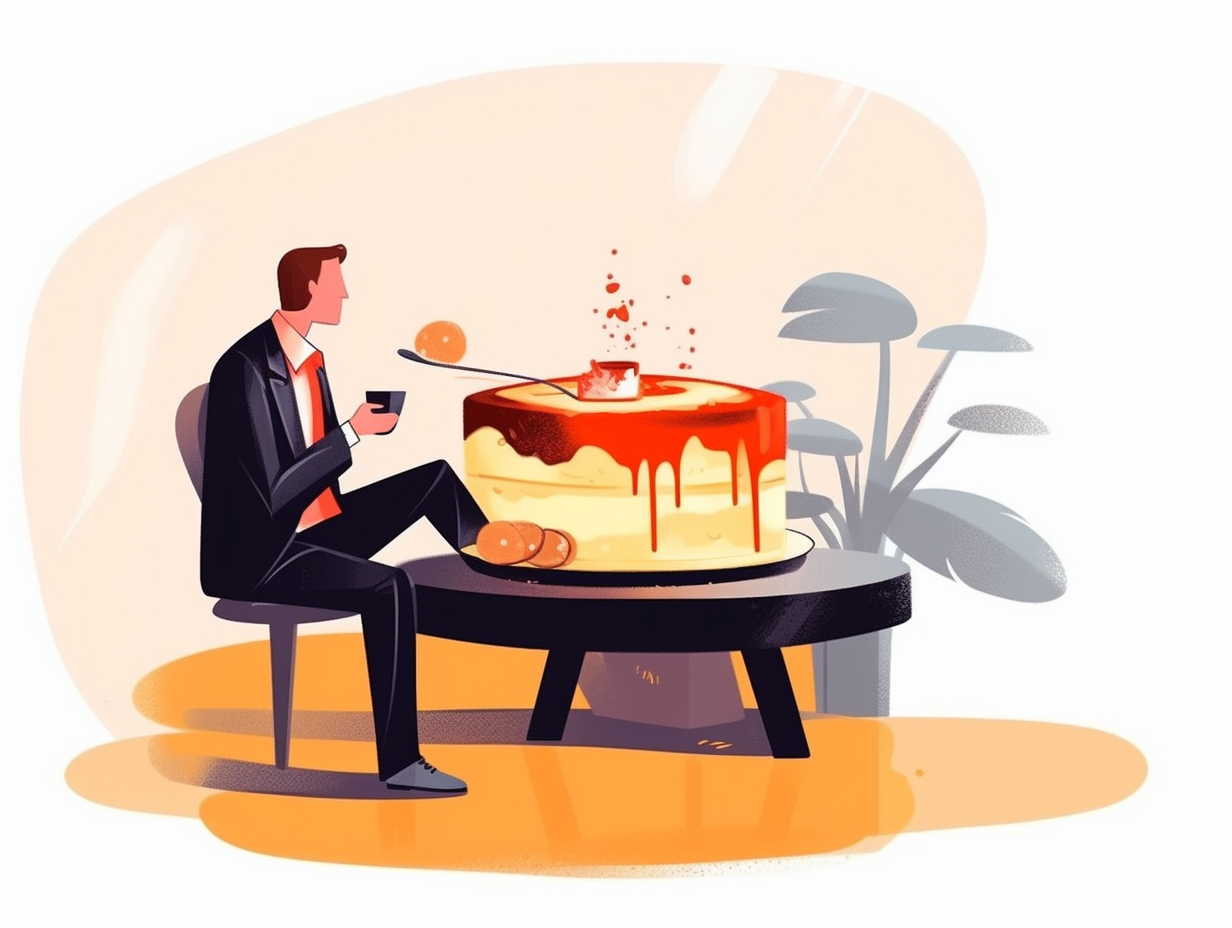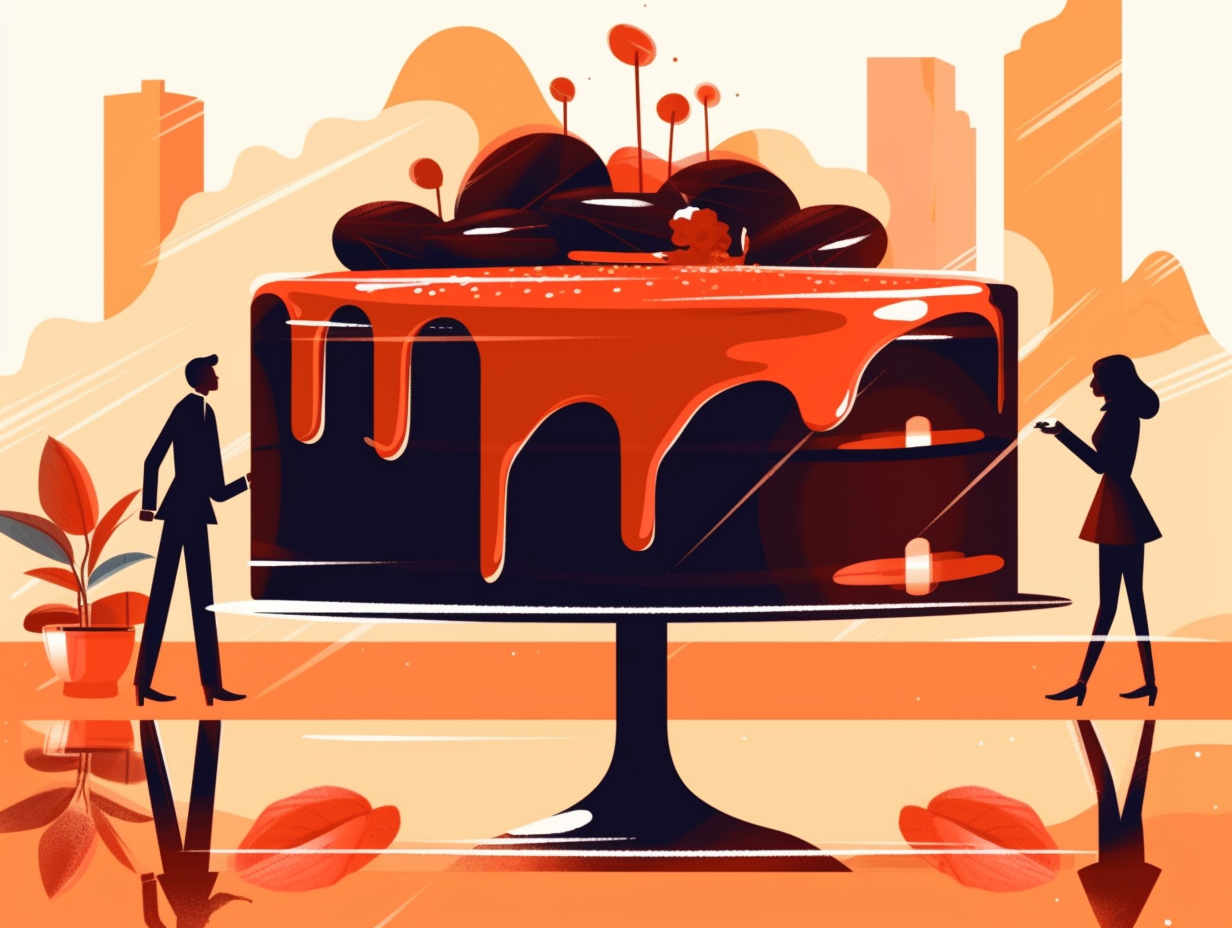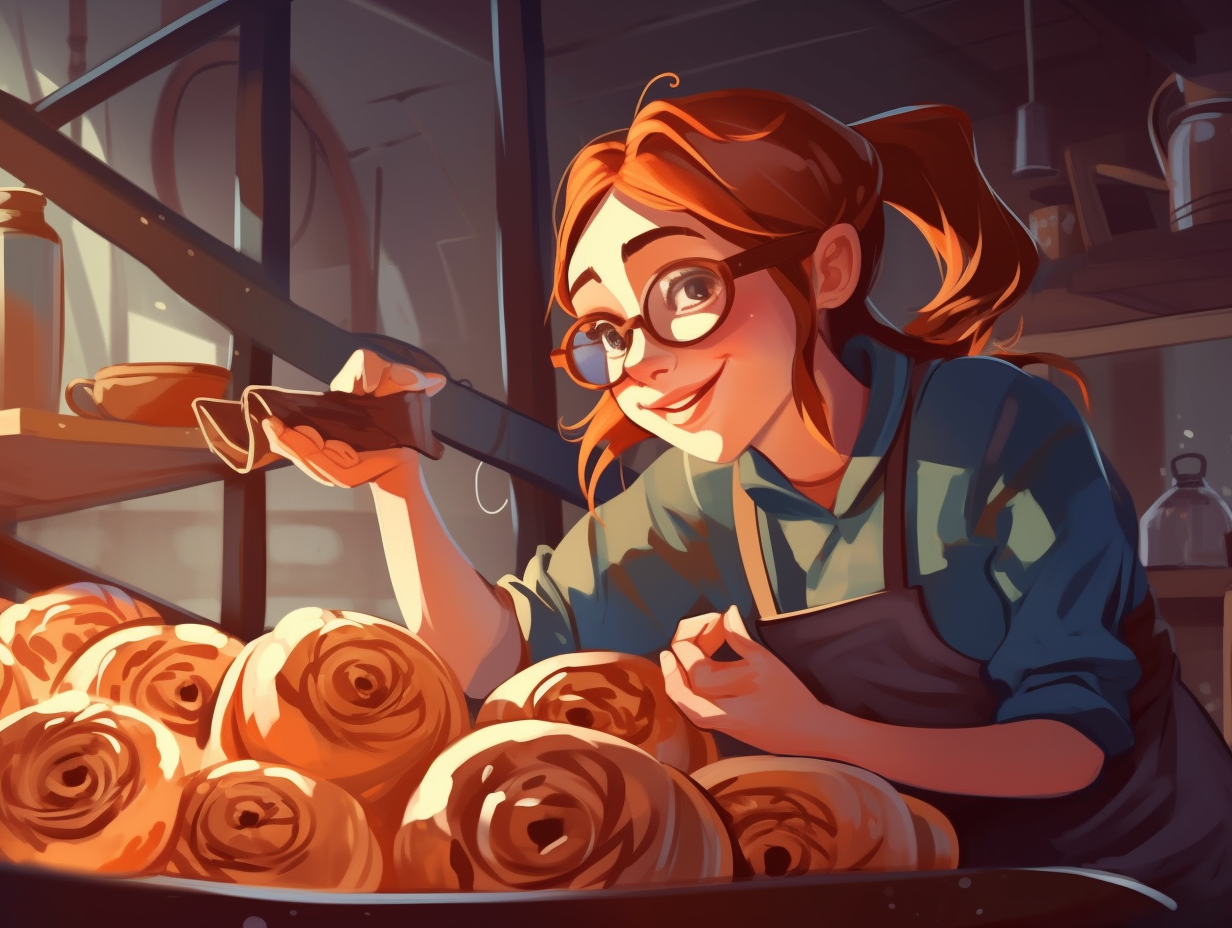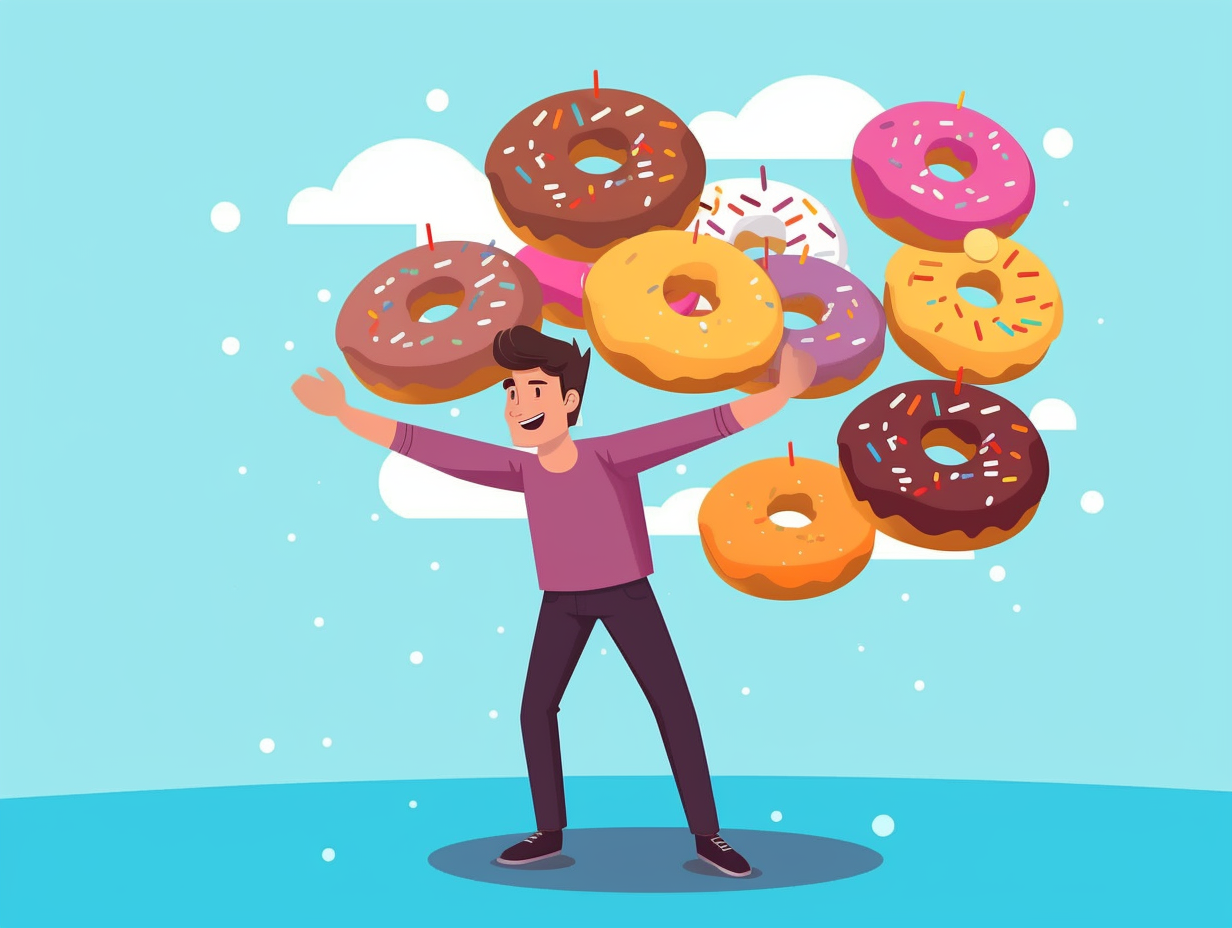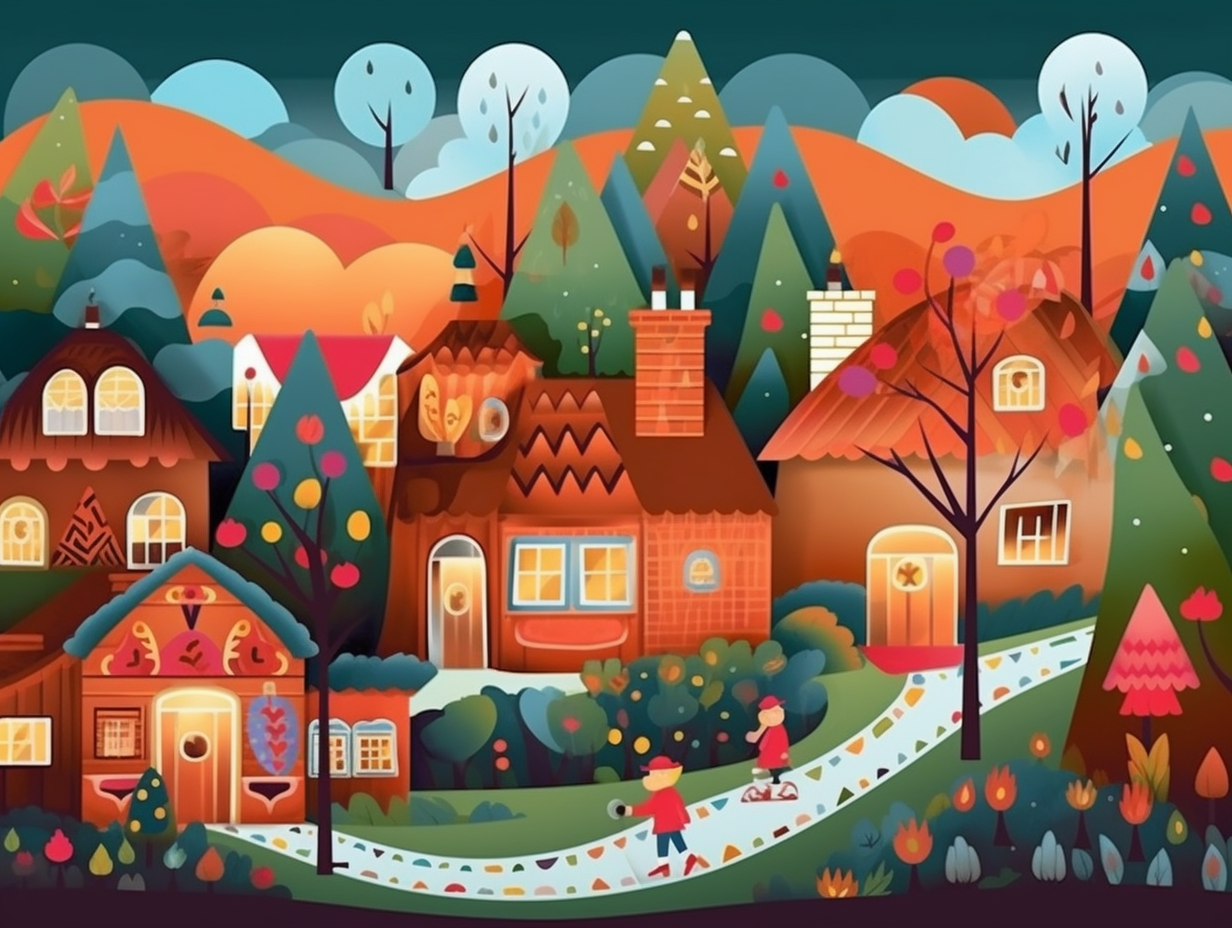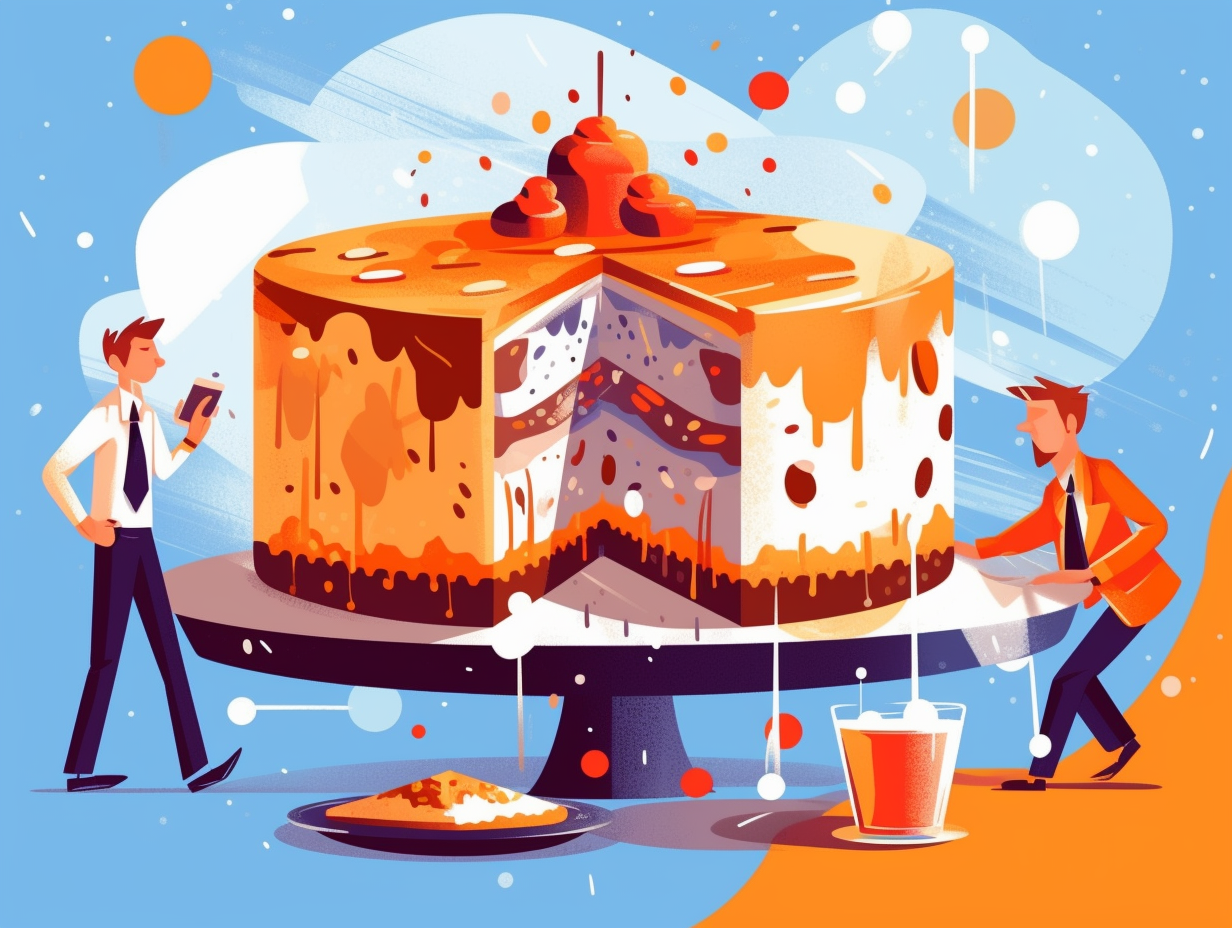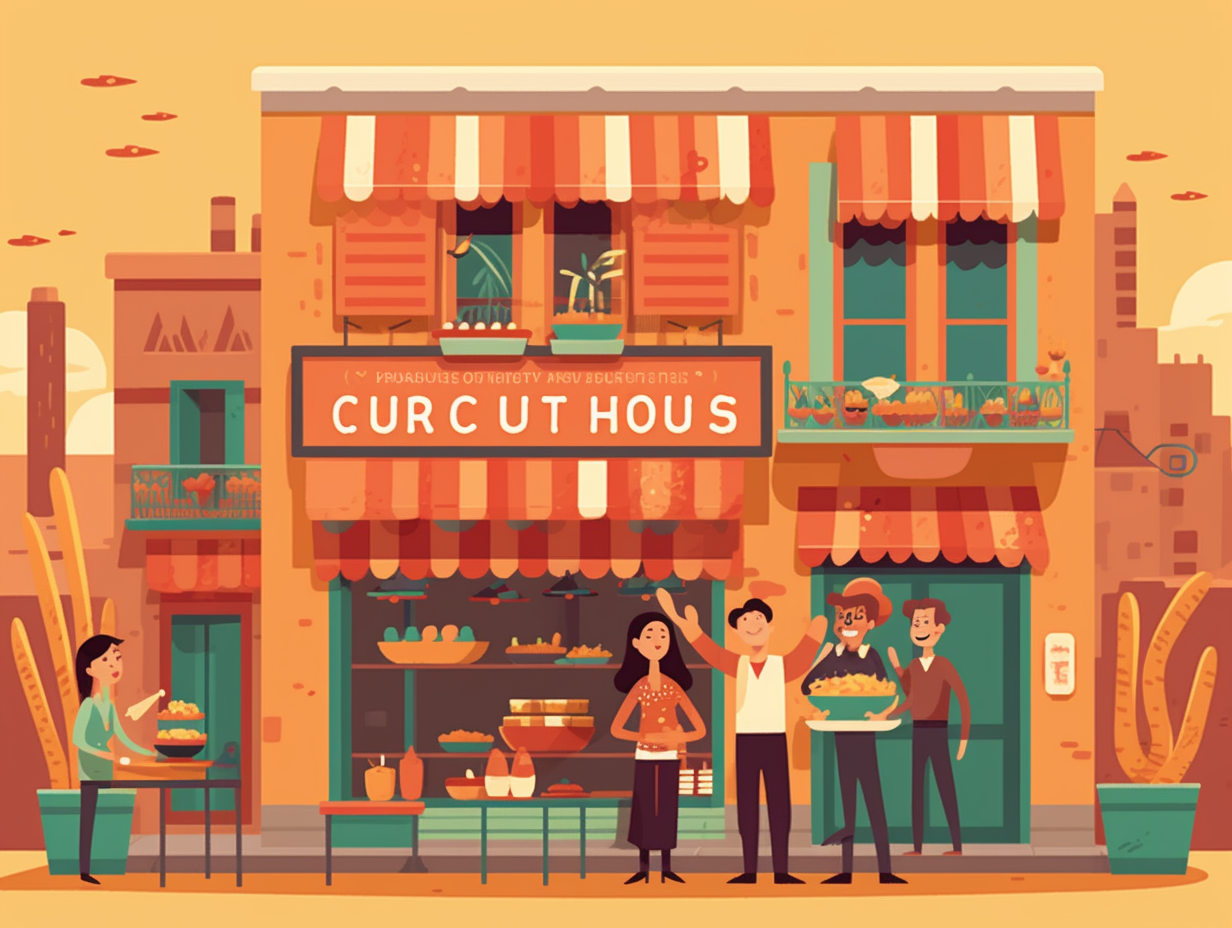Sweet Discoveries: Top 7 Fun Facts About Desserts You Won't Believe!
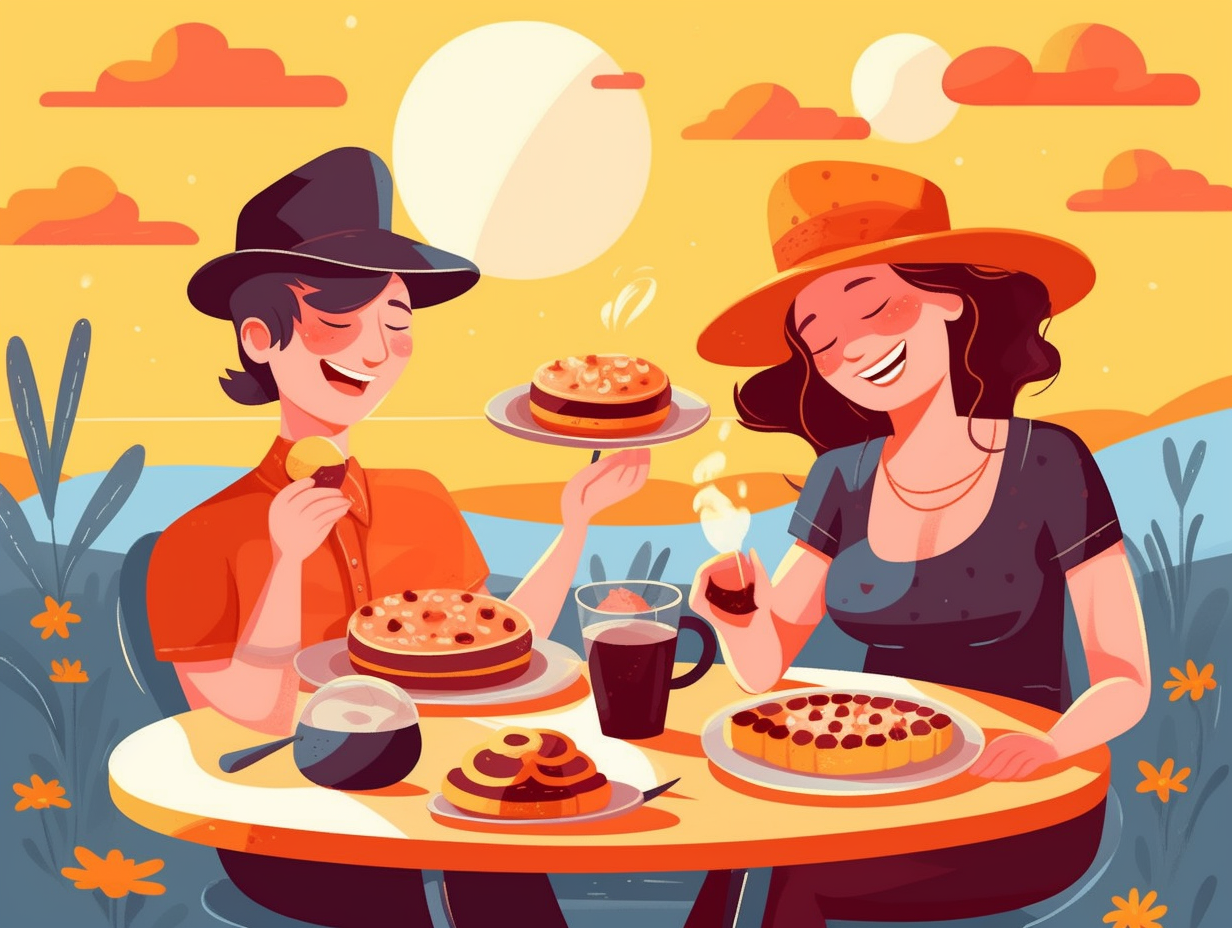
1. Marathon to Snickers Sprint
Before the days of "marathons" involving Netflix and couches, there was a sweet race that had candy enthusiasts sprinting to the nearest store: Snickers was originally called Marathon in the UK and Ireland! 🏃🍫 : Here's the deal – this celebrated chocolate hero with its delectable ensemble of nougat, peanuts, caramel, and milk chocolate coating has graced our taste buds for over 90 years, since its introduction in 1930 by Mars, Inc. The name change to Snickers took place back in 1990, but worldwide admiration never waned, bringing in over \$3 billion in global sales as of 2012 and offering spin-off treats like Snickers mini, dark chocolate, ice cream bars, and protein bars.
Source => en.wikipedia.org
2. Astronaut Ice Cream Meltdown
Houston, we have a dessert problem: Astronaut Ice Cream may have debuted on the Apollo 7 mission in 1968, but its crumbly texture and lackluster taste banished it to the lunar penalty box until Blue Bell ice cream cups rocketed to the International Space Station on Space Shuttle Atlantis's GLACIER freezer in 2006, with SpaceX Dragon delivering another frozen interstellar scoop in 2012.
Source => airandspace.si.edu

Did you know that the world's largest pumpkin pie weighed 3,699 pounds and measured 20 feet in diameter? It used a whopping 1,212 pounds of canned pumpkin and over 500 pounds of sugar! Discover more about this record-breaking dessert and its origins.
=> Fun Facts about Pumpkin-Pie
3. Sundae-ception and Blue Laws
Holy Sundae-ception, Batman! Desserts have laws, too: The ice cream sundae was created as a clever workaround to Blue Laws that prohibited the sale of alcohol and soda on Sundays, and its true inventor remains a tasty mystery with pharmacists Edward Berners and Charles Sonntag as prime suspects – their sweet legacies now forever intertwined by a delicious swirl of ice cream, syrup, and a cherry on top.
Source => tastingtable.com
4. Dentist's Cotton Candy Irony
Cotton candy: a dentist's sugary nightmare turned fluffy cloud of unexpected irony. Believe it or not: this iconic fair treat actually packs less of a sugar punch than candy apples and funnel cakes and was co-invented by dentist William Morrison, along with candy maker John Wharton, in a surprising turn of events that ended up denting the world of desserts instead of our pearly whites!
Source => deltadentalnj.com

5. Chemistry of Red Velvet Romance
Before the rise of red-velvet mania and the great "beeting" of cakes during World War II, there was a tale of chemistry and cake – otherwise known as the romance of red velvet: The true origin of red velvet cake lies in the thrilling love affair between raw cocoa powder and a tantalizing combo of buttermilk and vinegar, whose acidic chemistry releases the cocoa powder's anthocyanin antioxidant, turning the mixture a succulent dark red. Sadly, modern Dutch-processed cocoa powder has been stripped of its acidity, thus leaving the radiant natural red behind – but fret not, beet juice swooped in during rationing times to save the day, making the cake moist and vibrant as ever!
Source => allrecipes.com
6. Mont Blanc's Peak Deliciousness
In a truly delectable mockumentary dedicated to desserts, we find our protagonist – Monsieur Mont Blanc – daringly attempting to reach peak deliciousness, despite the mountainous odds: Mont Blanc dessert, inspired by the snowy summit of its namesake mountain, is a delightful concoction of chestnut puree molded into vermicelli-like shapes and crowned with a cloud of whipped cream. Hailing from the 19th-century Parisian culinary scene, today's connoisseurs indulge in lighter reinventions of this delightful alpine treat.
Source => en.wikipedia.org
7. Mysterious Fortune Cookie Crunch
If you've ever cracked open a fortune cookie and thought, "A wise man once said... this crunchy treat is all I need to satisfy my appetite for wisdom and dessert," then you're in for a tasty tale: The origins of fortune cookies are rather mystifying, with theories ranging from their creation by a Japanese man named Makoto Hagiwara in San Francisco in 1914 to the possibility of ancient Chinese or Japanese roots, but their impact on Asian-American cuisine and pop culture has been clear, earning their place in history through brilliant custom messages, clever proposals, and even as the stars of advertising campaigns.
Source => loc.gov
Related Fun Facts


